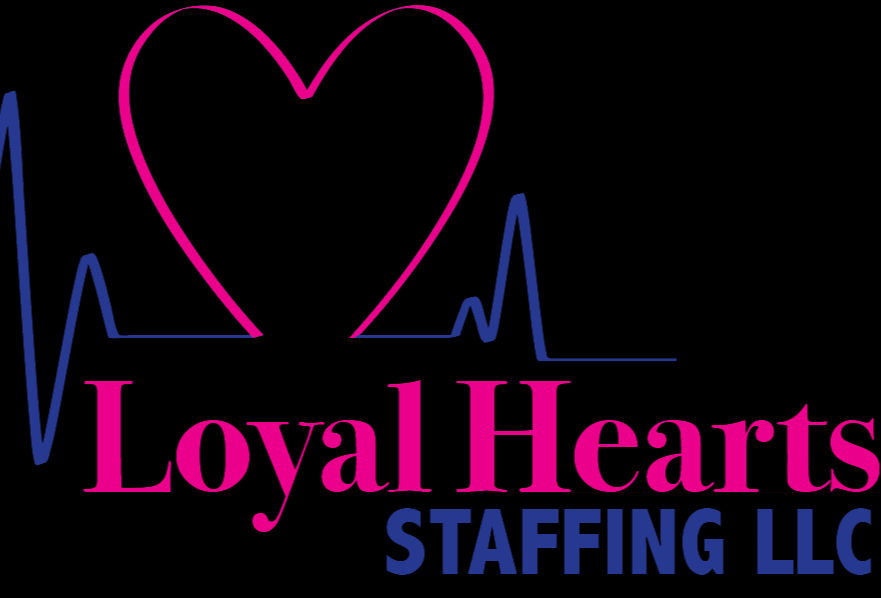Total parenteral nutrition
- April Swanson

- Nov 29, 2022
- 2 min read
Intravenous delivery of macro and micronutrients in amounts that are sufficient and balanced.
Objectives:
– Maintain an optimal nutritional status. – Provide the patient with nutritional substances through a central route when he/she cannot tolerate oral or enteral feeding.
– Prevent complications (both metabolic and infectious).
Equipment:
– Sterile drapes. – Drip stand. – Perfusion pump. – Thermometer
Material:
– Parenteral feeding bag. – Anti-allergic plaster. – Sterile gauze. – Sterile gloves. – Treatment sheet. – 1 sterile syringe of 5-10 ml. – 1 intravenous needle. – 1 10 ml saline solution ampoule. – Prescribed medication. – Perfusion pump system. – Antiseptic solution. – Labels and marker pen. – Nursing records.
Procedure:
– Perform hand washing. – Identify the nutrient unit. – Prepare the material. – Preserve the patient’s privacy. – Inform the patient of the procedure. – Ask the patient and family to cooperate. – Put on sterile gloves. – Before connecting the feeding, check the condition of the central catheter: the permeability with physiological saline solution and the signs and symptoms of contamination. – Prepare the feeding with rigorous asepsis. – Disinfect the distal end of the central catheter with antiseptic solution. – Connect the system to the catheter and program the feeding perfusion rhythm according to the pharmacy prescription. – Perform water balance. – Perform temperature control of the patient in turn.
– Collect the material and dispose of it in the container according to waste segregation criteria. – Remove gloves. – Perform hand washing. – Record: start date, tolerance, rhythm, analytical results, possible incidences, and patient response.
Observations:
– Do not administer drugs, blood products, or sera via the same route as total parenteral nutrition. – Use a catheter lumen only for TPN: do not use to administer hemoderivatives or take central venous pressure. – Monitor patient’s weight and capillary blood glucose levels according to the prescription. – Avoid manipulation of the system. – Always administer nutrition by perfusion pump. – Follow strict aseptic measures in any manipulation. – Parenteral nutrition should not be interrupted abruptly, if this should occur, 10% glucose serum should be administered at the same rate to avoid hypoglycemia. – Solutions whose color has changed should be discarded. – The nutrition units should be kept in the refrigerator for up to 72 hours.
Choice and maintenance of lines in TPN: – Use a central line as the line of choice. – The most common veins are usually the subclavian and jugular veins as they have a lower incidence of contamination and infection than lower veins such as the femoral vein. – Cover the junction of the catheter and the infusion set with a sterile gauze dressing impregnated with antiseptic solution. – Check every 24 hours the insertion point of the catheter by palpation and sterile technique; if there is no pain on palpation, replace the dressing every 72 hours, on the other hand, if there is pain, lift the dressing and observe the signs and symptoms of inflammation and infection. If positive remove the catheter and if negative change the catheter every 15 days. – Change the total parenteral nutrition infusion set and the nutrient unit every 24 hours in a sterile manner.








Comments